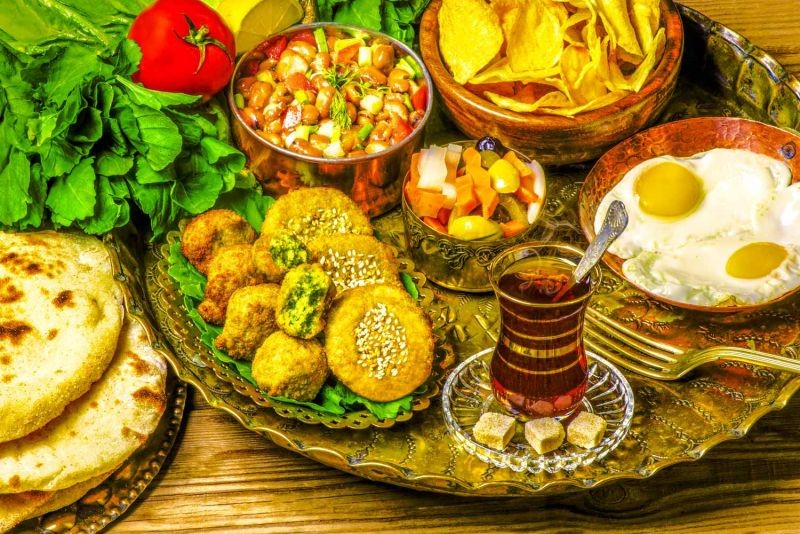ranchosantafenow.net – The Nile Delta, often referred to as the “Breadbasket of Antiquity,” was a fertile region that provided sustenance for the ancient Egyptian civilization. This lush area, formed by the Nile River’s distributaries, supported a rich diversity of crops and foods that were central to the Egyptian diet, economy, and culture. This article explores the primary foods of the Nile Delta and their significance in ancient Egyptian society.
The Fertile Lands of the Nile Delta
The Nile Delta’s fertility was unparalleled in the ancient world. The annual inundation of the Nile deposited nutrient-rich silt across the land, creating ideal conditions for agriculture. This natural phenomenon allowed the Egyptians to cultivate a wide variety of crops, ensuring food security for the civilization.
Staple Crops
Wheat and Barley
Wheat and barley were the cornerstone grains of the Nile Delta. Wheat, particularly emmer wheat, was used to make bread, the primary staple of the Egyptian diet. Barley, on the other hand, was primarily used for brewing beer, a popular beverage among all social classes.
Lentils and Legumes
Lentils, chickpeas, and other legumes were also widely grown. These provided essential proteins and nutrients, complementing the grain-heavy diet. Legumes were often cooked in stews or ground into pastes and served with bread.
Fruits and Vegetables
The Nile Delta’s climate was perfect for growing a variety of fruits and vegetables. Onions, garlic, leeks, and cucumbers were common, adding flavor and nutrition to Egyptian meals. Fruits such as dates, figs, and pomegranates were also cultivated, often enjoyed as snacks or used in sweet dishes.
Animal Husbandry and Fishing
While plant-based foods dominated the diet, animal husbandry and fishing were also important. Cattle, sheep, and goats provided meat, milk, and wool. The Nile River was a rich source of fish, which were consumed fresh or preserved through drying and salting.
Cultural and Economic Impact
The abundance of the Nile Delta enabled the ancient Egyptians to support a complex society with a large population. The surplus of food allowed for the specialization of labor, contributing to advances in art, science, and governance. Additionally, the agricultural wealth of the Delta facilitated trade with neighboring regions, spreading Egyptian influence throughout the Mediterranean.
Conclusion
The foods of the Nile Delta were integral to the prosperity and stability of ancient Egypt. The region’s agricultural bounty not only fed the population but also fueled the economic and cultural achievements of one of history’s greatest civilizations. The legacy of the Nile Delta as the “Breadbasket of Antiquity” continues to be remembered as a testament to the ingenuity and resilience of the ancient Egyptians.
